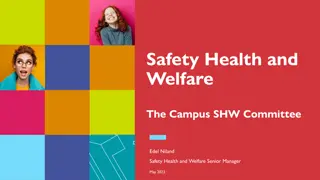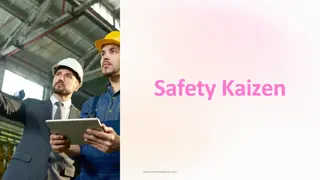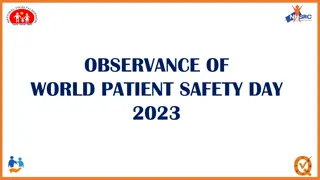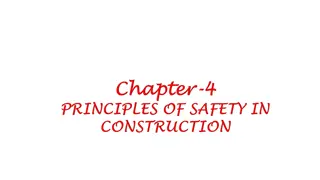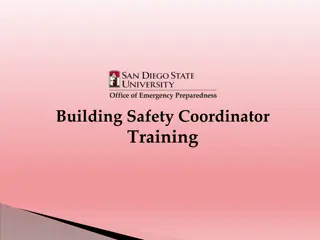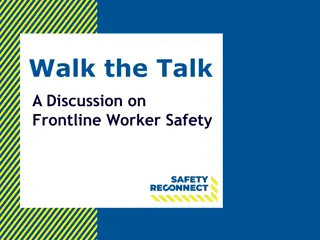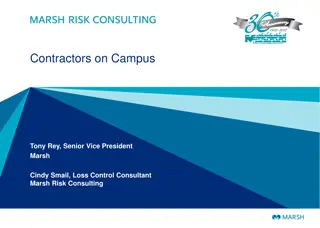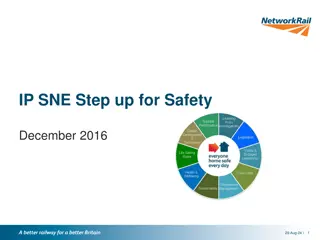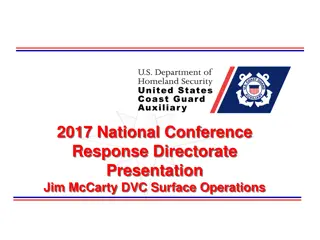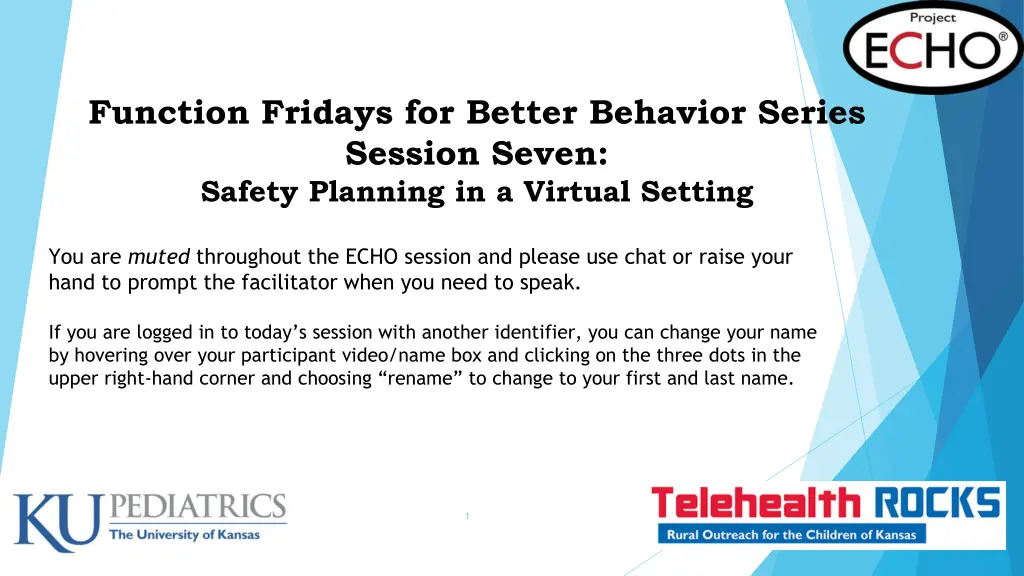
Safety Planning in Virtual Settings for Better Behavior
Join the Function Fridays session on Safety Planning in a Virtual Setting to discuss COVID-19 strategies, case presentations, and effective safety planning. Engage with expert presenters and share your experiences to enhance behavior management in virtual environments.
Download Presentation

Please find below an Image/Link to download the presentation.
The content on the website is provided AS IS for your information and personal use only. It may not be sold, licensed, or shared on other websites without obtaining consent from the author. If you encounter any issues during the download, it is possible that the publisher has removed the file from their server.
You are allowed to download the files provided on this website for personal or commercial use, subject to the condition that they are used lawfully. All files are the property of their respective owners.
The content on the website is provided AS IS for your information and personal use only. It may not be sold, licensed, or shared on other websites without obtaining consent from the author.
E N D
Presentation Transcript
Function Fridays for Better Behavior Series Session Seven: Safety Planning in a Virtual Setting You are muted throughout the ECHO session and please use chat or raise your hand to prompt the facilitator when you need to speak. If you are logged in to today s session with another identifier, you can change your name by hovering over your participant video/name box and clicking on the three dots in the upper right-hand corner and choosing rename to change to your first and last name. 1
Presenters: * Leni Swails, PhD Skylar Bellinger, PhD * Alice Zhang, PhD Katy Tepper, PhD *Today s presenters 2
Mitigating Potential Bias The information and recommendations involving clinical medicine is based on evidence that is currently accepted within the profession 3
Objectives: 1. Check-in and discussion of COVID-19 in your communities. 2. Case presentation 3. Safety planning 4
Agenda Introductions (9-9:10) COVID group check in (9:10-20) Case presentation (9:20-9:45) Safety planning (9:45-10:00) 5
Introductions Briefly State (2-3 sentences): Your Name Your location 6
Check-In Anything that's human is mentionable, and anything that is mentionable can be more manageable. When we can talk about our feelings, they become less overwhelming, less upsetting and less scary. 7
COVID-19 Check in How is it going in your districts? What strategies have you tried thus far? Any successful stories or lessons learned? 8
Case Presentation Jennifer Elsen 9
General considerations (For clinicians) Please build on best safety practices from onsite clinics. Remind families of confidentiality and its limits. Remember to follow documentation best practices. Identify the family callback telephone number and local emergency service contact ahead of time. If video stops and you are concerned about safety or overall health emergencies, call back-up phone number. If you cannot contact the family, call emergency services 13
Behavior: ELOPING Lock doors (out of reach) and secure exits before session Calmly follow child to ensure safety Block access to other doors and dangerous items Calmly guide back to room Call for additional family or neighbor support (refer to family safety plan) Contact local emergency services (911) if necessary
Behavior: AGGRESSION Attempt to calmly block aggression Ensure safety of others, block access and check on them "are you okay?" Block access to dangerous items that could be thrown etc If possible, guide to safe space Give the child time to calm down (it may take a while!) if the clinician and family do not feel like can manage or deescalate, contact emergency services (911)
Behavior: SELF-HARM Assess the severity of self-harm If not breaking skin or leaving bruises, then, ignore. If potentially harmful, then, calmly block without aggression. Calmly praise for non-aggressive behavior Allow time for child to calm down. If verbal or physical threats continue, complete risk assessment If patient expresses intent and plan to continue to harm themselves, take them to emergency room Share local crisis management resources
Behavior: UNSAFE BEHAVIOR TOWARD CHILD At tempt to prompt a safer alternative Suggest a break (e.g., have child and family get a drink of water) Refer to family safety plan created before treatment and contact additional family support person Stop session If concerned about immediate safety, contact emergency services (911) Make Child Protective Services report if necessary
Discussion 18
Thank You! See you on Friday, April 23 Function Fridays Take care of yourself! Let us know how we can help! 19


